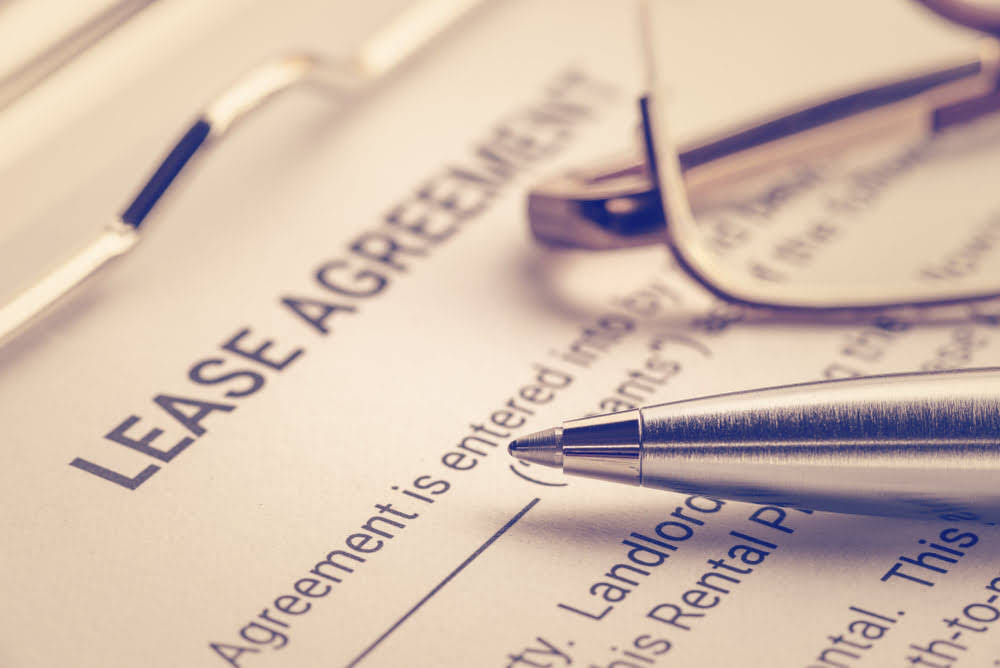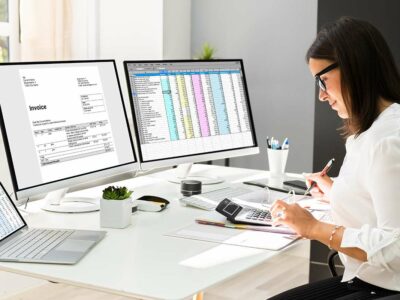
If you manufacture a product, these costs would include direct materials and labor along with manufacturing overhead. Most of the components of a manufactured item will be raw materials that, when received, are recorded as inventory on the balance sheet. Only when they are used to produce and sell goods are they moved to cost of goods sold, which is located on the income statement. When the product is manufactured and then sold a corresponding amount from the inventory account will be moved to the income statement. So if you sell a widget for $20 that had $10 worth of raw materials, you would record the sale as a credit (increasing) to sales and a debit (increasing) either cash or accounts receivable.
What Are Prior Period Expenses?
- Since this cost is mostly charged as an expense all at once, it is appropriate to term it a period expense.
- But either criterion that periodic expenses are not fulfilled by Loss on sale of the asset since that incur only once and the second one is prepaid rent, which from the name it states that it has paid before time.
- The accountant must carefully review the time-related costs and decide whether they should be included in an income statement.
- Further, these expenses are not mentioned in the balance sheet but are treated in the income statement.
- To understand how that amount is determined, companies need to know how the cumulative amount of expense is determined.
- Additionally, businesses must be agile in their pricing strategies to respond to fluctuations in period costs.
Many employees receive fringe benefits paid for by employers, such as payroll taxes, pension costs, and paid vacations. These fringe benefit costs can significantly increase the direct labor hourly wage rate. Other companies include fringe benefit costs in overhead if they can be traced to the product only with great difficulty and effort. Now that we have taken a bird’s eye view of the matching principal, let’s look into the meanings of and difference between product costs and period costs. To rapidly determine whether a cost is a period cost or a product cost, ask yourself, “Is the expense directly or indirectly tied to the manufacturing of products?

Recording and Reporting Period Costs
Businesses and accountants do not utilize a standardized approach or formula to compute period costs. Management accountants must frequently scrutinize a company’s expenses to determine which are period costs and which are production costs before adding them to the income statement. Once they’re on the income statement, the accountant can deduct them from the gross profit to calculate the period’s net income. The integration of period costs into budgeting and forecasting is a sophisticated exercise that enhances the precision of financial planning. When preparing a budget, companies must estimate not only the variable costs that fluctuate with production levels but also the fixed period costs that remain constant regardless of output.
- In manufacturing, costs are first accumulated as product costs while the goods are being produced.
- This ensures that expenses are recorded in the same period as the revenues they help to generate, providing a clearer picture of a company’s profitability.
- These costs are expensed in the period they are incurred, rather than being capitalized into the cost of goods sold.
- Resources consumed to provide or maintain the organization’s capacity to produce or sell are capacity costs or supportive overheads.
- A financial statement is a formal document that shows financial health, business performance, and many more.
Fundamentals of Period Expense: Accounting Basics Quiz
Standby costs will continue if the firm shuts down operations or facilities temporarily. Including this information enhances the transparency of the financial reporting and helps stakeholders understand the company’s cost structure better. The journal entry is debiting retained earning $ 2,000 and credit accounts payable $ 2,000.
Insurance premiums for general liability coverage or office property insurance are also examples of period costs. Depreciation of office equipment, such as computers or furniture, is expensed over its useful life as a period cost. Furthermore, research and development expenses, aimed at creating new products or improving existing ones, are treated as period costs and expensed when incurred. Period costs play an essential role in budgeting period costs and maintaining effective cost control. By accurately identifying and categorizing these costs, businesses can create more precise budgets that reflect actual expenses. Effective budgeting helps organizations allocate resources efficiently, ensuring that funds are available for essential activities, such as marketing and research and development.
Optimizing Business Performance through Effective Period Cost Management

Such cost classifications have been proven useful to people, like most analysts who develop several costs, classifying them per their uses in various managerial applications. Identifying and categorizing these costs is important as different purposes require different cost constructs. We are organizing a program on the topic “about producer company, Benefits to such company and its members including taxation” by imminent experts from the relevant field. You are cordially invited to attend the program from any location as it is a webinar for convenience.

Types of Expenses
Office rent and other general administrative expenses are treated as period costs. An expenditure is a payment or the incurrence of a liability, period expense whereas an expense represents the consumption of an asset. Thus, a company could make a $10,000 expenditure of cash for a fixed asset, but the $10,000 asset would only be charged to expense over the term of its useful life. Thus, an expenditure generally occurs up front, while the recognition of an expense might be spread over an extended period of time. While depreciation on manufacturing equipment is considered a manufacturing cost, depreciation on the warehouse in which products are held after they are made is considered a period cost. While carrying raw materials and partially completed products is a manufacturing cost, delivering finished products from the warehouse to clients is a period expense.

However, the cost, which will be an expense in the future, will be recognized as a period expense. Period costs are costs that are expensed in the period in which they are incurred, regardless of production levels or https://vars.org.vn/the-10-best-bookkeepers-near-me-with-prices/ sales activities. Effective management of Period Costs involves implementing cost reduction strategies, budgeting and forecasting techniques, and performance evaluation measures.
Company
Save time and effort with our easy-to-use templates, built by industry leaders. Explore our marketplace and find the perfect tool to streamline your processes today. Upgrading to a paid membership gives you access to our extensive collection of plug-and-play Templates designed to power your performance—as well as CFI’s full course catalog and accredited Certification Programs. Access and download collection of free Templates to help power your productivity and performance.
Period costs include selling expenses and administrative expenses that are unrelated to the production process in a manufacturing business. Selling expenses are incurred to market gross vs net products and deliver them to customers. Administrative expenses are required to provide support services not directly related to manufacturing or selling activities. Administrative costs may include expenditures for a company’s accounting department, human resources department, and the president’s office.
